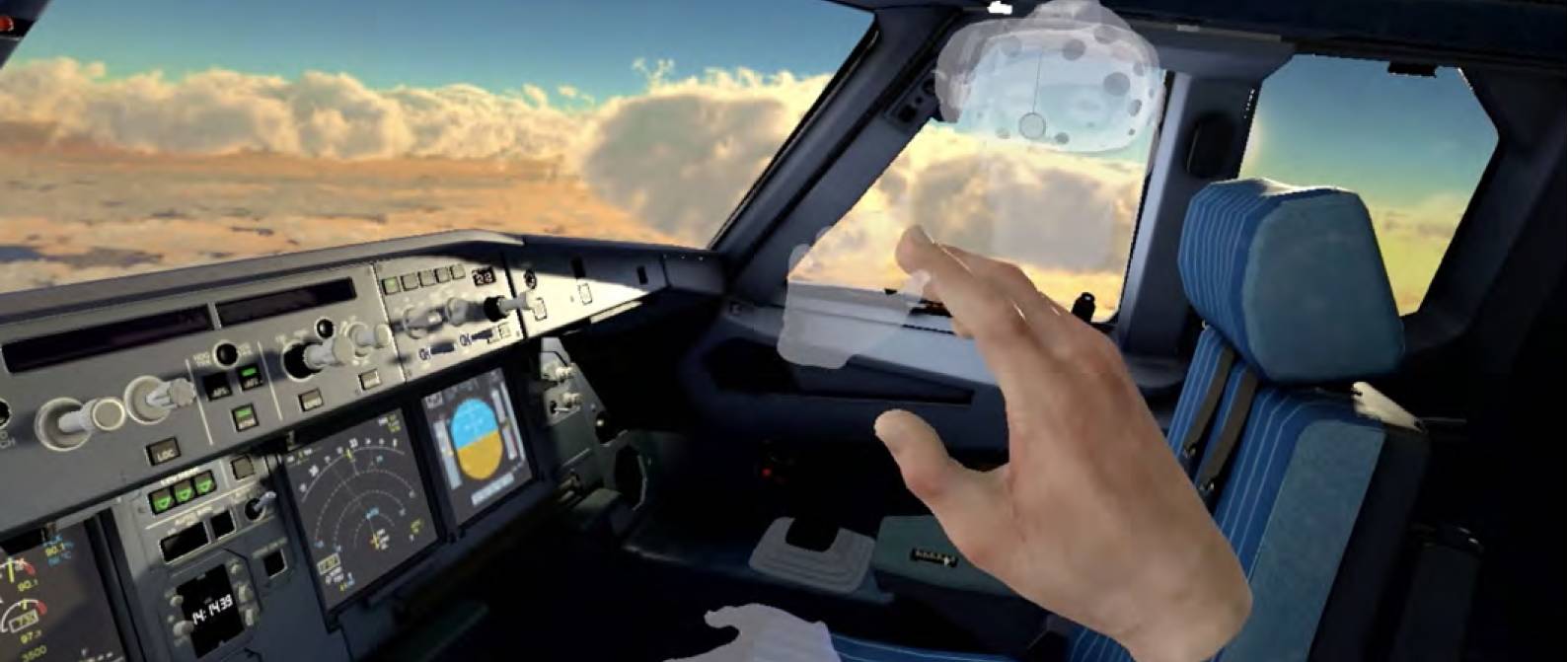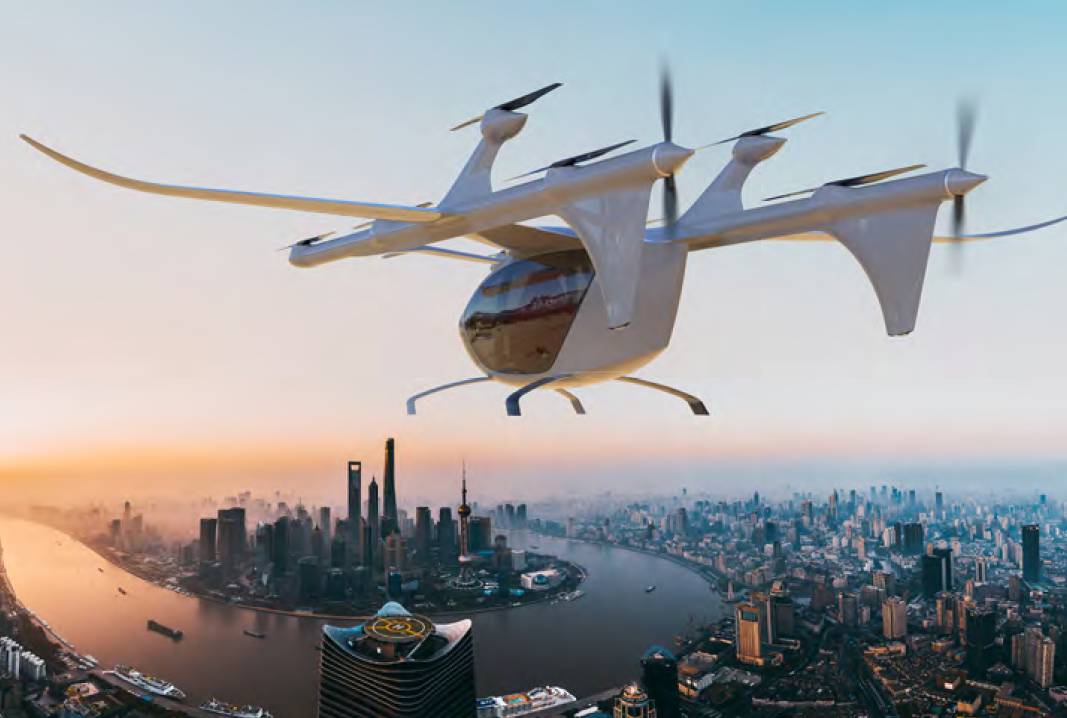AEROSPACE Remote pilots and ‘shared fates’
Remote control
Dr ROBERT E JOSLIN FRAeS, Associate Professor, College of Aeronautics, Embry-Riddle Aeronautical University looks at the concept of ‘shared fate’ in emergency situations for remotely piloted airliners and eVTOL operations.
 Airbus
Airbus
One of the concepts being considered for the introduction of single-pilot operations (SPO) by transport category aircraft is to have an additional pilot remotely located at a ground control station. The remote pilot would act as a safety/back-up pilot for one or more aircraft being flown with a single pilot on board. This safety/back-up pilot would be expected to intervene primarily during an emergency condition if the on-board pilot became incapacitated or otherwise was not performing the required piloting tasks. In this scenario the pilot now making the aeronautical decisions and assessing the risks for the safety of the aircraft and the passengers on board would be someone remote to the aircraft, hence would not be sharing its fate.
In a similar manner, the integration of urban air mobility/advanced air mobility (UAM/AAM) aircraft operating fully autonomously through artificial intelligence/machine learning can be expected to require an intermediate step in which highly automated but not fully autonomous aircraft with passengers on board will be flown by a remote pilot. It has been recognised that the ‘crash’ of an uncrewed aircraft (without passengers) can still possibly result in the injury or death of people on the ground.
Consequently, civil aviation authorities have prohibited or otherwise required extensive mitigations when operating over people, thereby shifting the hazard of concern to damage of the aircraft and/or property. However, for UAM/ AAM, the hazard will extend to persons on board an aircraft that is being flown by a remote pilot. Likewise, as in SPO, the UAM/AAM remote pilot will not have a shared fate with the aircraft passengers. Thus, in both cases the amount of risk a remote pilot is willing to accept during a normal, abnormal, or emergency condition can have severe consequences for those on board.
Although the concept of shared fate may not be recognised or completely understood by the public, numerous surveys and studies have reported air travel consumers’ reluctance to fly in an aircraft of any type without a pilot on board. The one exception is a scenario that involves malicious, terrorist, or criminal intent, such as the Germanwings suicide crash that conceivably could have been prevented by disabling the on-board controls and then remotely flying the aircraft.
The extant research on shared fate related to remotely piloted aircraft operations has suggested that there may be negative consequences from an off-board pilot not sharing the outcome of the aircraft. This new human factors issue, that is unique to uncrewed systems, has not been directly accommodated in the existing human-centric models for aircraft safety analysis, such as the Human Factor Analysis and Classification System (HFACS). However, accident reports for uncrewed aircraft reveal that remote pilots have exhibited a somewhat laissez-faire and disconnected attitude about the safety of the aircraft, which has resulted in unnecessary high-risk manoeuvres. Transcripts from publicly released US military uncrewed aircraft accidents illustrate this mindset.
“We’re in the soup here.... Dude, uh, we’re not sure what the aircraft is doing.... Yeah, we crashed.”
“What’s going on? Hang on! Hang on!.... Uh-oh! It’s spinning!... Okay, I think it just fell out of the sky.”
“This thing’s kind of climbing like a pig. Climb, you pig.... Boy, this is going to be tight.... Okay, interesting. We are falling out of the sky.”
